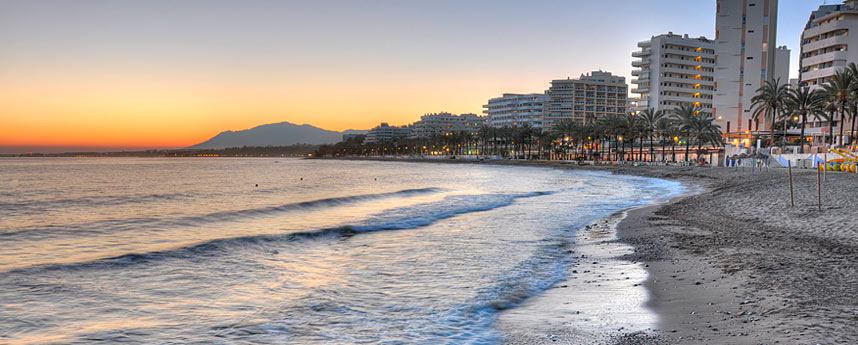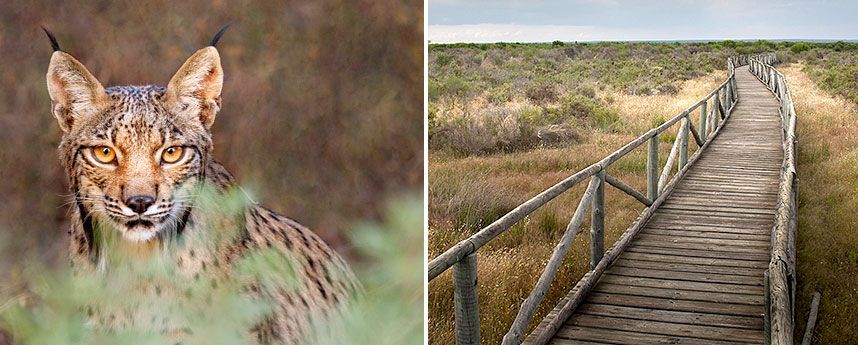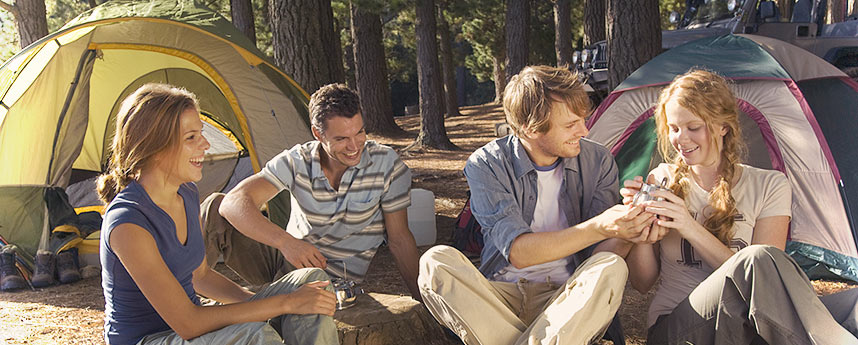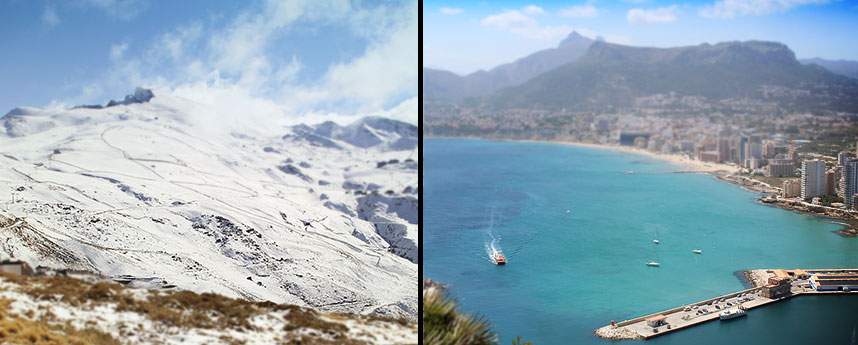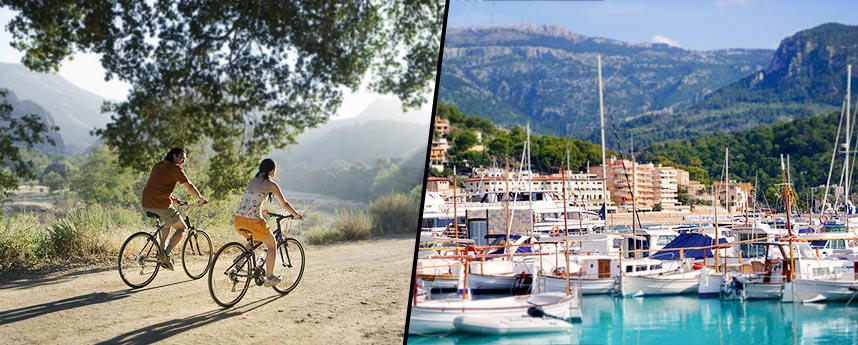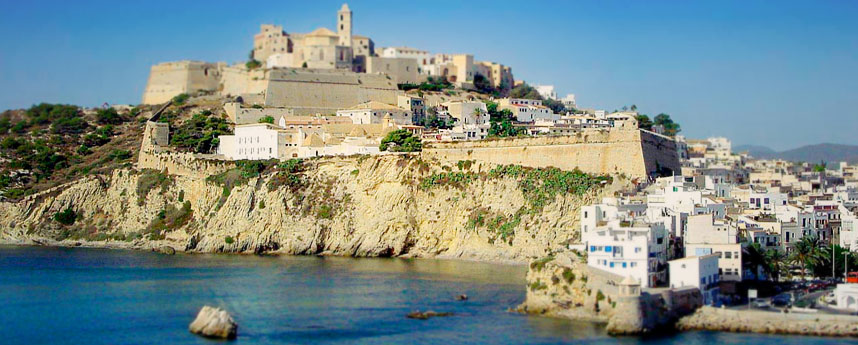Winter vacations in Spain | donQuijote
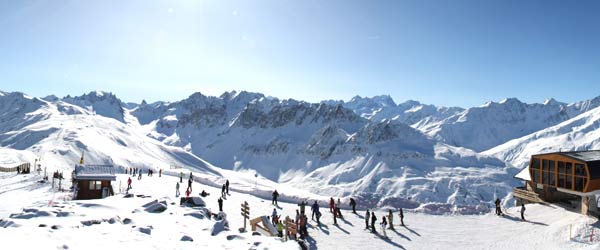
Spain is known to many Dutch people as the ideal summer destination: sun, sea and beautiful Spanish costas. Spain has much more to offer than just this. For example, there are several large mountain ranges in Spain and there are also some perfect ski resorts.
- The largest mountain range in Spain is the Pyrenees.
- Two thirds of Spain consists of a central plateau.
- The Sierra Nevada is the most famous winter sports destination in Spain.
- Spain has the most mountains in Europe except for Switzerland.
The largest mountain range in Spain is the Pyrenees. The Spanish Pyrenees are located in northeastern Spain on the border with France. The Pyrenees are about 430 km long from east to west. Of the Pyrenees, about two-thirds consist of the Spanish Pyrenees. The Pyrenees are great for a skiing or hiking vacation. Fromigal is one of the most famous ski resorts in the Spanish Pyrenees. Fromigal has more than 137 km of slopes.
Another well-known winter sports destination is the Sierra Nevada. The Sierra Nevada is located in the Betic Cordillera in southeastern Spain. It is the southernmost ski resort in Europe. The Sierra Nevada has 65 km of slopes and the ski season lasts 5 months. In the Sierra Nevada, Pradollano and Borreguiles are the main ski slopes. The Sierra Nevada has as many as 16 mountain peaks that rise above 3,000 meters. The highest point on the Spanish mainland is therefore found in the Sierra Nevada and has a height of 3482 meters. The special thing about a winter sports vacation in the Sierra Nevada is that while skiing you have a view of the Spanish coast! Skiing in Spain combined with a few days at the beach is therefore an excellent possibility!
Besides the Sierra Nevada and the Pyrenees, Spain has a number of other Spanish mountains. For example, there is also the Castilian dividing mountain range. Spain consists of about two-thirds Spanish plateau with an average height of 600 meters. This mountain range, as it were, splits the Spanish plateau in two. The Castilian Divide mountain range begins north of Madrid and runs south of the region of Castile y Leon to just across the border with Portugal.
In northwestern Spain there is also the Cantabrian Mountains. This mountain range lies west of the Pyrenees and is the separation between the green Atlantic coast and the dry Spanish plateau. Although the Cantabrian Mountains also have some ski resorts, this mountain range is mostly known for its many hiking opportunities. This mountain range is also home to the deepest caves in Spain.
Besides all these outdoor skiing opportunities, there is also the possibility to enjoy the snow in the heart of summer in Madrid. This is because Madrid has the largest indoor ski center in Europe. Its perfect location in southwestern Europe and its many opportunities make Spain the sunniest winter sports destination in Europe.
